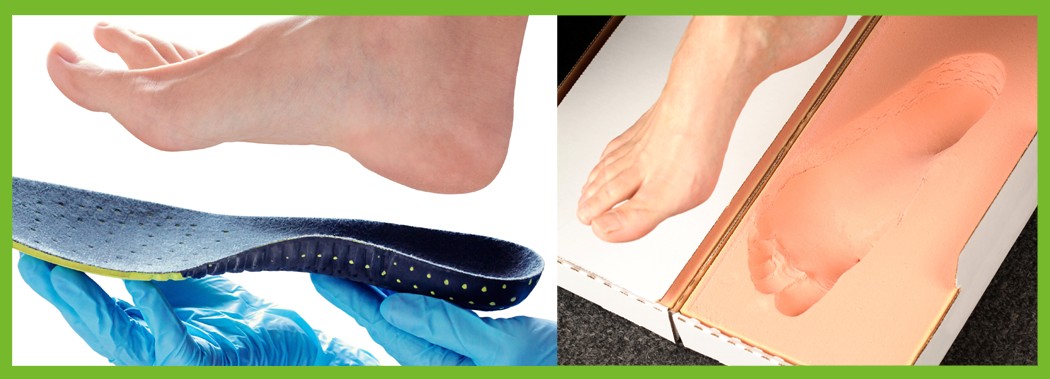I was just diagnosed with my second lumbar disc herniation. The first one was at L45. This one is higher up around L23. I was able to see a physiotherapist for the first one and avoid surgery. What are the chances I can do that again with this one?
The Spine Patient Outcomes Research Trial (SPORT) may have some information to shed on this topic. A group of researchers from Dartmouth Medical School used the data from this multicenter study to compare outcomes of treatment based on the level of herniation.
They reviewed the charts of patients with a known disc herniation at three separate levels: L2-3, L45, and L5-S1. They found that herniation location and level did make a difference in treatment results.
This may have to do with the amount of space in the spinal canal as the spinal cord moves down the spine. The diameter of the spinal canal is smaller at the upper levels. Surgery to remove the disc in the upper lumbar spine seems to have a greater treatment effect than for lower levels.
The direction of the herniation may also make a difference. Discs in the upper lumbar spine are more likely to protrude to the side close to the spinal nerves. It may be easier to remove the disc in this location compared to lower lumbar disc herniation, which is more likely to occur in the posterolateral (back and to the side) direction.
Nonoperative (conservative) care is always advised before considering surgery. The main exception to this guideline is if you are experiencing considerable muscle weakness (or paralysis). This would indicate more severe (and possibly permanent) damage to the spinal cord or spinal nerves. In such cases, surgery to take the pressure off the neural tissue is advised.
J. D. Lurie, MD, MS, et al. Lumbar Discectomy Outcomes Vary By Herniation Level in the Spine Patient Outcomes Research Trial. In The Journal of Bone and Joint Surgery. September 2008. Vol. 90. No. 9. Pp. 1811-1819.








